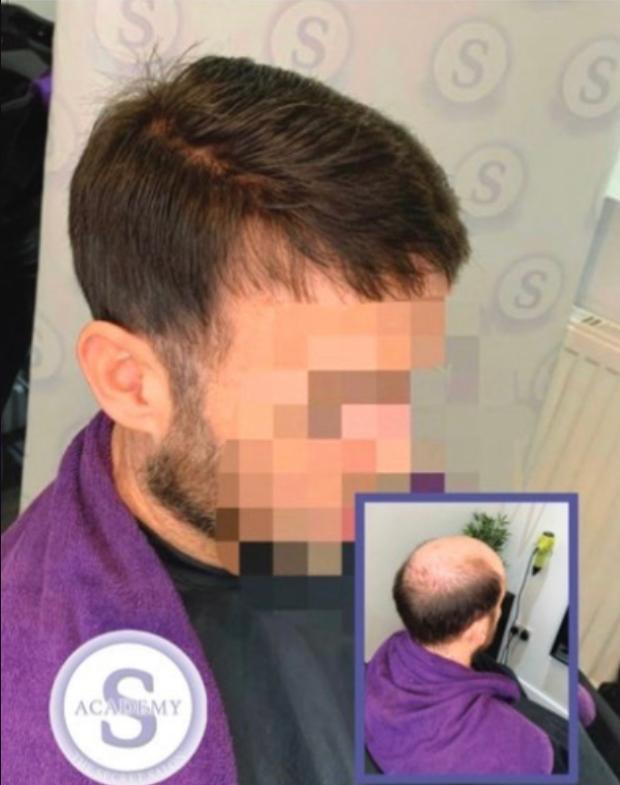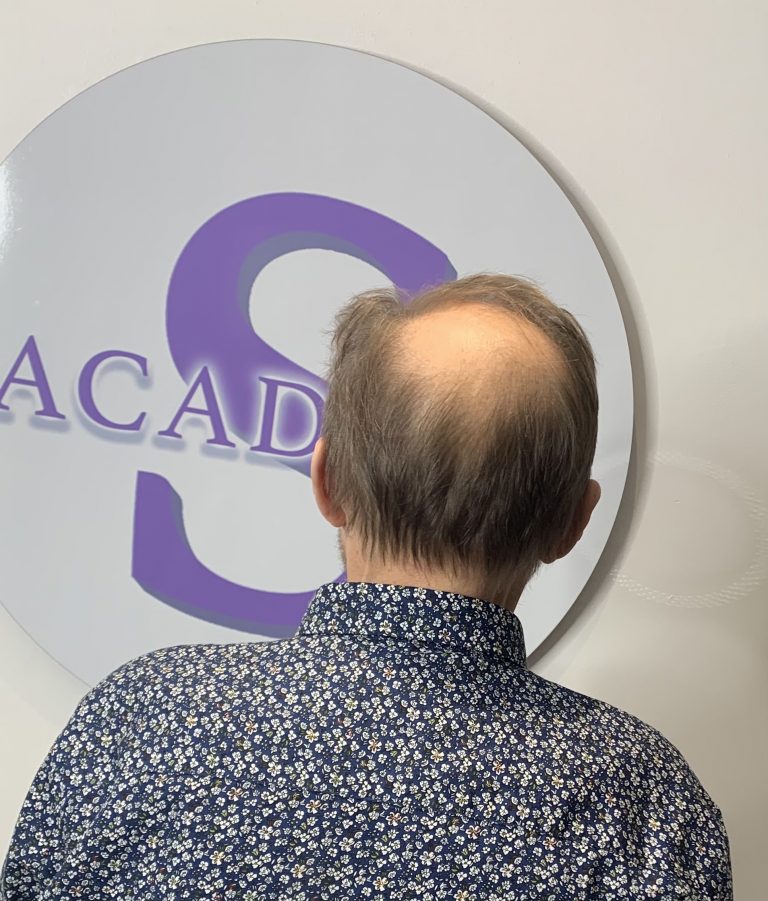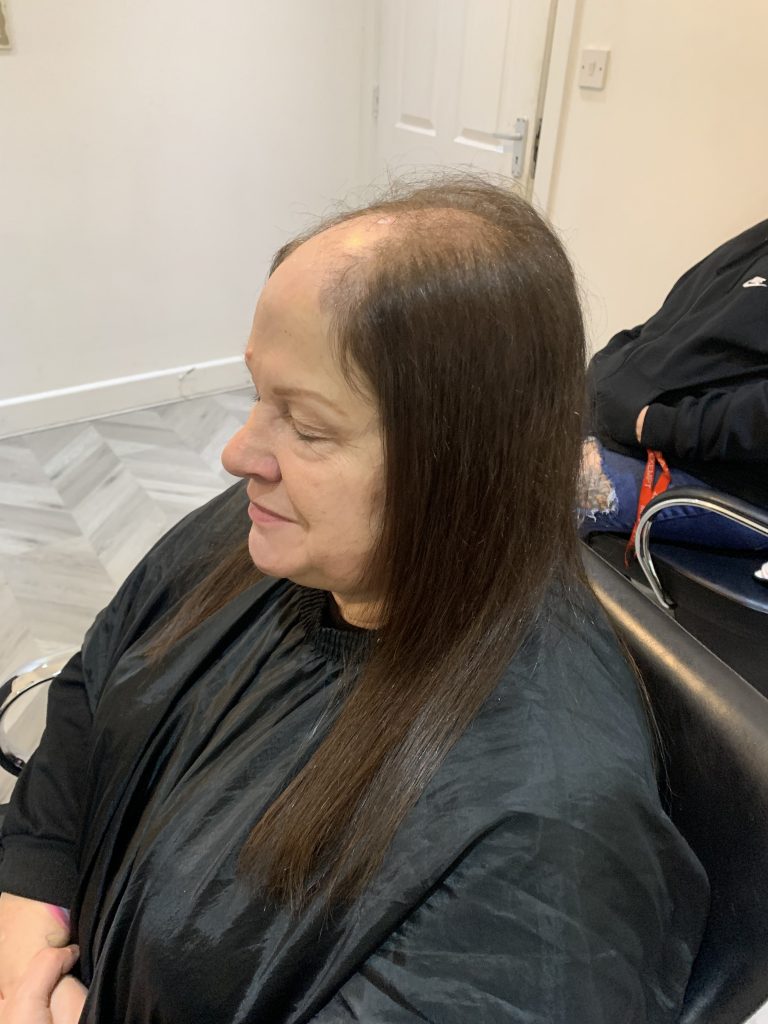Causes, Symptoms and Treatment Options for Hair Loss Explained



Understanding hair loss is a common concern for many people, both men and women. It can be caused by a variety of factors, including genetics, stress, hormonal changes, and medical conditions. Hair loss can be a distressing experience, affecting one’s self-esteem and confidence.
In this article, we aim to provide a comprehensive overview of the causes, symptoms, and treatment options for hair loss at The Secret Salon. We will explore the different types of hair loss, such as male and female pattern baldness, alopecia areata, and telogen effluvium. We will also discuss the various treatment options available, including medication, hair transplants, and lifestyle changes.
Our goal is to help readers understand hair loss and provide them with the knowledge and resources needed to make informed decisions about their hair health. Whether you are experiencing hair loss or simply want to learn more about the topic, this article will provide valuable insights and information.
Understanding Hair Loss
Hair loss is a common condition that can affect both men and women. It is characterised by the gradual thinning or loss of hair from the scalp or other parts of the body. Hair loss can be caused by a variety of factors, including genetics, age, hormonal changes, medical conditions, and certain medications. There are several types of hair loss, including androgenetic alopecia (male or female pattern baldness), telogen effluvium (temporary hair loss), alopecia areata (patchy hair loss), and traction alopecia (hair loss due to tight hairstyles or hair extensions). The symptoms of hair loss can vary depending on the type and severity of the condition. Treatment options for hair loss include medication, hair transplant surgery, and lifestyle changes. Medications such as minoxidil and finasteride can help to slow down or reverse hair loss in some cases. Hair transplant surgery involves the transplantation of hair follicles from one part of the scalp to another. Lifestyle changes such as a healthy diet, regular exercise, and stress management can also help to improve hair health and reduce the risk of hair loss. It is important to seek medical advice if you are experiencing hair loss, as it can be a sign of an underlying medical condition. A dermatologist or hair specialist can help to diagnose the cause of your hair loss and recommend the best treatment options for your individual needs.Causes of Hair Loss
There are several causes of hair loss, ranging from genetic factors to medical conditions and lifestyle factors.Genetic Factors
Genetic factors are a common cause of hair loss. Androgenetic alopecia, also known as male or female pattern baldness, is the most common type of hair loss caused by genetics. This type of hair loss is inherited and affects both men and women. It is caused by a combination of genes and hormones, and it can start as early as puberty.Medical Conditions
Medical conditions can also cause hair loss. Some of the most common medical conditions that can cause hair loss include:- Alopecia areata: An autoimmune condition that causes hair loss on the scalp and other areas of the body.
- Thyroid disorders: An overactive or underactive thyroid gland can cause hair loss.
- Scalp infections: Fungal infections of the scalp can cause hair loss.
- Nutritional deficiencies: Deficiencies in iron, zinc, and other nutrients can cause hair loss.
- Telogen effluvium: A condition that causes hair to fall out after a stressful event or illness.
Lifestyle Factors
Lifestyle factors can also contribute to hair loss. Some of the most common lifestyle factors that can cause hair loss include:- Stress: High levels of stress can cause hair loss.
- Poor nutrition: A diet lacking in essential nutrients can cause hair loss.
- Hairstyles: Wearing tight hairstyles, such as braids and ponytails, can cause hair loss.
- Chemical treatments: Chemical treatments, such as hair dyes and perms, can damage hair and cause hair loss.
Symptoms of Hair Loss
Hair loss can be a distressing experience for many people. The symptoms of hair loss can vary depending on the underlying cause. In this section, we will discuss the two main symptoms of hair loss.Gradual Thinning
Gradual thinning is the most common symptom of hair loss. This type of hair loss is also known as androgenetic alopecia or male or female pattern baldness. It usually affects the top and front of the scalp. In men, it can start as early as their teenage years, while in women, it usually occurs after menopause. Gradual thinning can be difficult to notice at first, but over time, the hair becomes thinner and finer. In some cases, the hair loss can be so severe that it leads to complete baldness. The hairline may also recede, leaving a prominent forehead.Patchy Bald Spots
Patchy bald spots are another symptom of hair loss. This type of hair loss is known as alopecia areata. It occurs when the immune system attacks the hair follicles, causing the hair to fall out in small, round patches. The bald spots can appear on the scalp, beard, eyebrows, or eyelashes. Alopecia areata can affect people of all ages and can occur suddenly. The bald spots may be itchy or painful, and the skin may be red or inflamed. In some cases, the hair may grow back on its own, while in others, it may not grow back at all. The symptoms of hair loss can vary depending on the underlying cause. Gradual thinning and patchy bald spots are the two main symptoms of hair loss. If you are experiencing hair loss, it is important to seek medical advice to determine the underlying cause and the best treatment options, many of which are available through the Secret Salon.Treatment Options
When it comes to hair loss, there are several treatment options available to help slow down or even reverse the process. In this section, we will discuss the most common treatment options for hair loss.Surgical Procedures
In cases where non-surgical treatment is not effective, surgical procedures may be an option. The most common surgical procedure for hair loss is hair transplantation. This involves taking healthy hair follicles from one part of the scalp (usually the back or sides) and transplanting them to the balding areas. The procedure can take several hours and may require multiple sessions to achieve the desired results.Natural Remedies
There are also several natural remedies that may help to slow down or even reverse hair loss. These include:- Scalp massage: Massaging the scalp can help to increase blood flow to the hair follicles, which can stimulate hair growth.
- Aloe vera: Aloe vera has anti-inflammatory properties that can help to reduce scalp inflammation, which is a common cause of hair loss.
- Saw palmetto: Saw palmetto is a natural supplement that is believed to block the production of DHT, which can help to prevent hair loss.
